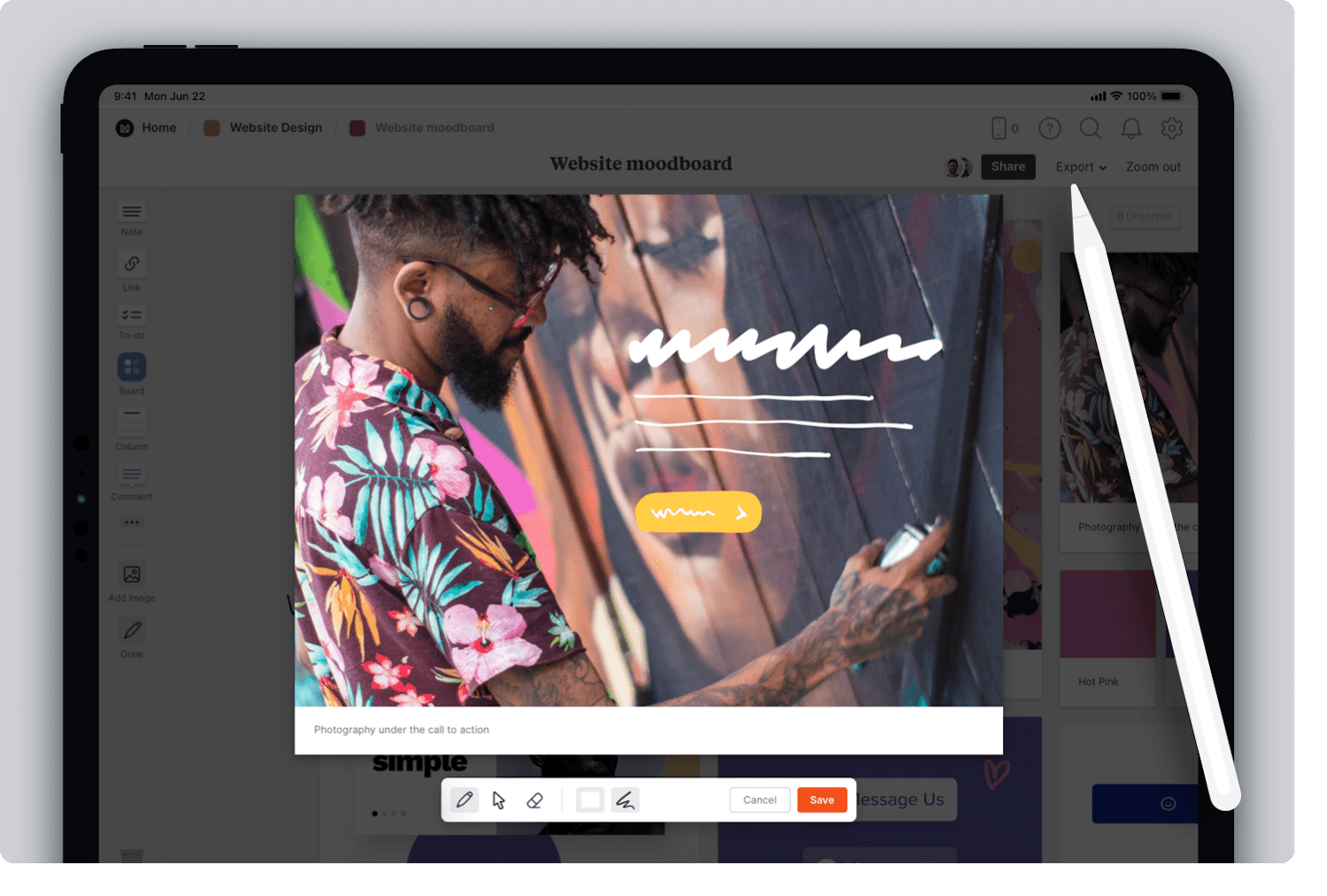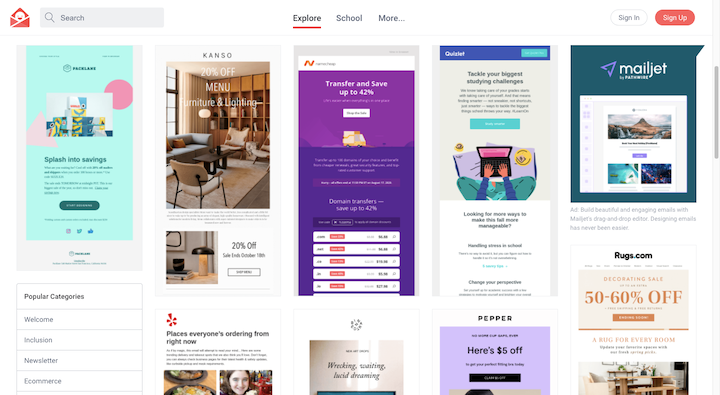Best Practices to Follow for a Successful Website Design Strategy
Best Practices to Follow for a Successful Website Design Strategy
Blog Article
The Ultimate Overview to Modern Site Layout Trends
In the ever-evolving digital landscape, modern website style trends play a critical function fit individual experience and interaction. From the increase of minimal design concepts that focus on simpleness to the influence of strong typography in defining brand name identity, each component adds to a natural on-line visibility. The emphasis on receptive and mobile-first approaches, together with ingenious microinteractions, additionally enhances functionality. Furthermore, the expanding concentrate on sustainable website design practices reflects a dedication to ecological duty. These fads collectively increase crucial questions concerning the future of efficient website design and what it indicates for consumers and businesses alike.
Minimalist Style Concepts
Minimal design concepts stress the idea that much less is extra, supporting for simpleness and functionality in aesthetic communication. This method strips away unnecessary components, focusing rather on crucial components that share the designated message successfully. By prioritizing clarity, minimal style enhances customer experience, allowing site visitors to navigate websites effortlessly.
Core tenets of minimalist design consist of making use of enough white area, which develops a feeling of equilibrium and organization. This unfavorable space not just routes the customer's attention to vital elements however additionally promotes a calming visual atmosphere. Furthermore, a restricted shade combination is often employed, using monochromatic plans or soft colors to maintain visual communication and prevent overwhelming the customer.
Typography plays an essential duty in minimal design, where understandable font styles are chosen for their simplicity and performance in connecting material. Eventually, minimalist style concepts grow a concentrated setting that encourages users to engage with the material, improving the total efficiency of modern-day site style.
Bold Typography Selections
Welcoming bold typography options has come to be a specifying quality of contemporary website style, as it successfully captures attention and shares solid messaging. Developers are increasingly using typography not just as a functional element yet as an essential aesthetic component that enhances the overall aesthetic and customer experience.

Moreover, the association of strong typography with minimalist style concepts enables striking contrasts, improving readability while preserving aesthetic appeal. The usage of whitespace around strong message additionally highlights its value, ensuring that the message resonates with the audience.
As digital landscapes come to be more competitive, leveraging bold typography makes it possible for brands to differentiate themselves and leave an enduring impact. The mindful choice of font styles and their application can stimulate emotions, establish tone, and drive activity, making strong typography an important device in contemporary web site design. Inevitably, it is a powerful method to improve narration and guarantee that key messages are not only seen however additionally really felt.
Receptive and Mobile-first Design
Responsive and mobile-first layout has actually become an essential principle in modern-day website growth, reflecting the boosting reliance on mobile tools for accessing online content. As user actions changes towards mobile browsing, designers have to focus on creating experiences that adapt perfectly throughout numerous screen dimensions and resolutions.
A receptive layout makes sure that a website instantly readjusts its format, photos, and capability based on the gadget being used. Mobile-first design supporters for establishing sites originally for smaller sized displays, consequently scaling up to bigger display screens.
Applying mobile-first and receptive principles not only satisfies customer choices but also lines up with seo (SEO) practices. Significant internet search engine, like Google, focus on mobile-friendly internet sites in their positions, making it important for businesses to adopt these style strategies. In a competitive electronic landscape, embracing these details mobile-first and responsive style is not simply an alternative; it is crucial for making certain accessibility and interaction with a diverse audience.
Engaging Microinteractions
Microinteractions play a crucial role in boosting individual engagement and general site experience, particularly in the context of responsive and mobile-first design. These refined style aspects provide instant comments to customers, making communications more enjoyable and intuitive. Examples include switch computer animations, notification signals, and filling signs, which not only guide customers however also develop a sense of connection with the user interface.
Including interesting microinteractions can substantially improve use by decreasing cognitive tons. When individuals get auditory or aesthetic responses upon performing actions, such as clicking a button or sending a kind, they feel much more confident in their choices. This cultivates a smoother navigating experience, inevitably increasing user retention.

As internet site style fads remain to develop, the importance of microinteractions can not be overemphasized. They work as the subtle yet powerful touchpoints that transform normal interactions into amazing experiences, thereby raising the general performance of modern internet design.
Sustainable Website Design Practices
Sustainable website design methods are coming to be increasingly important as the electronic landscape expands and environmental problems rise. Developers and designers are recognizing their responsibility to create web sites that not only serve individual needs but also minimize ecological impact. This method encompasses several essential techniques.
First of all, maximizing energy usage is extremely important. Websites must be developed to fill quickly and successfully, which decreases server power use and enhances customer experience. Methods such as picture compression, lessening HTTP requests, and making use of modern-day coding methods contribute dramatically to this goal.
Secondly, choosing environment-friendly organizing service Read Full Article providers is important - website design. Many hosting business are currently powered by renewable resource sources, enabling sites to operate in a much more sustainable way. This option reflects a dedication to decreasing carbon footprints
Additionally, taking on a minimalist style can enhance sustainability. Less elements on a page bring about much less data transfer, which not just quickens loading times but likewise conserves sources.
Finally, advertising digital access makes sure that internet sites get to a bigger audience without unnecessary bloat, aligning user experience with environmental responsibility. By incorporating these sustainable methods, web developers can contribute positively to both customer engagement and the earth's well-being.
Conclusion
In summary, contemporary site design patterns highlight the integration of minimal principles, vibrant typography, and responsive design to enhance user experience. Taking on these trends is crucial for producing impactful electronic experiences that reverberate with customers in a progressively competitive online landscape.
In the ever-evolving digital landscape, modern-day web site style fads play a critical function in shaping user experience and involvement. By focusing on clarity, minimalist design boosts individual experience, enabling site visitors to browse sites easily.
Eventually, minimal layout principles cultivate a concentrated this article atmosphere that motivates customers to engage with the web content, improving the total effectiveness of contemporary site style.Microinteractions play a critical function in improving user engagement and total site experience, particularly in the context of mobile-first and receptive layout.In recap, contemporary web site design fads highlight the assimilation of minimal principles, strong typography, and responsive layout to boost customer experience.
Report this page